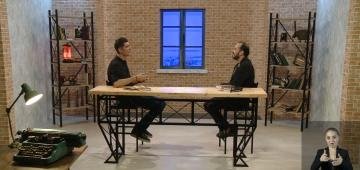 |
The messages of the epic "Sasna Tsrer"What messages does the most significant work of Armenian folklore, “The Sasna Tsrer,” convey? How does the perception of the epic change over time? What did the people who created it encode in the epic, and how does it encode us today? Hayk Hambardzumyan and Arkmenik Nikoghosyan debate these topics on the “Parallel Readings” program. |
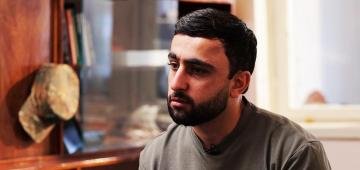 |
Samvel SafaryanSamvel Safaryan was wounded three times in one day. Samvel was serving in the military in the village of Shekher, Martuni region of Artsakh, his birthplace, when the war began. The young commander was in positions with 4 snipers under his command. He was wounded for the first time while observing an enemy trench, when Azerbaijani soldiers attacked his trench and threw grenades. At that time, Samvel's right hand was wounded, the second time on the way to the hospital, and the third time in the head. |
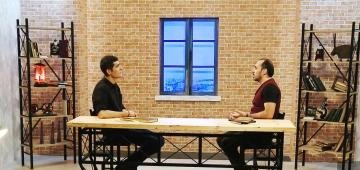 |
The Transient and the Permanent in Gabriel Sundukyan's DramaturgyThe themes addressed in Gabriel Sundukyan’s plays, although they may seem outdated today, continue to be one of the most staged Armenian playwrights. On the occasion of the 200th anniversary of Gabriel Sundukyan’s birth, literary critics Hayk Hambardzumyan and Arkmenik Nikoghosyan discuss the peculiarities of G. Sundukyan’s dramaturgy in the program “Parallel Readings.” |
 |
The National Gallery after renovationThe National Gallery officially reopened on April 15 with a new look, modern solutions and diverse programs. The renovation began in 2021. The ventilation systems were changed and modernized, new elevators were installed, and the museum's exposition was changed. In parallel, other branches of the gallery were renovated. Anahit Margaryan spoke with Vigen Galstyan, head of the exhibition department of the National Gallery, about the changes taking place in the National Gallery and the development of the museum. |
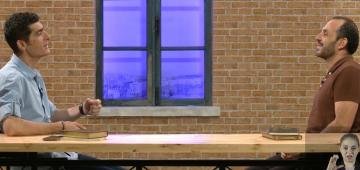 |
Literature that brings heroes home, part 1Homecoming is one of the key themes of Armenian and world literature. In literary and folklore works, the motives of heroes returning home and their perceptions of home are different. The motifs of homecoming in Armenian medieval literature, folklore, and also in new literature were discussed in the program “Parallel Readings” by literary critics Hayk Hambardzumyan and Arkmenik Nikoghosyan. |
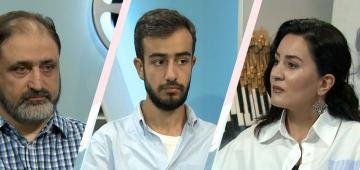 |
Educational programs of the Ayb "Rockers" orchestraThe educational concert of the Ayb School's "Rockers" orchestra on the theme "Visual Art in Rock" will take place at the Puppet Theater. The orchestra will perform works that represent the interaction of fine arts and rock culture. The upcoming concert and the topic of in-depth art education in general schools were discussed at "Artfocus" by Vahagn Papayan and Erik Aloyan, heads of the Ayb School's project-based learning club "Rockers". |
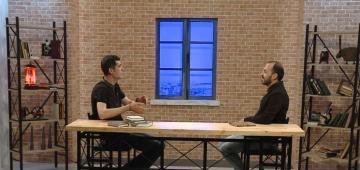 |
French literature in ArmenianArmenian translations of French literature are a unique segment in the Armenian translation field. When and how did translations of French literature begin, what was their process, what and why is being translated from French today? Literary scholars Hayk Hambardzumyan and Arkmenik Nikoghosyan discuss these questions in the “Parallel Readings” program. |
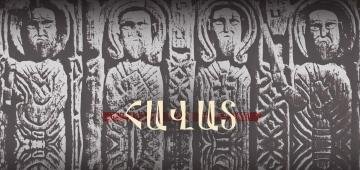 |
FaithWhat is faith, how can it be manifested in daily behavior, what is the content of the Creed recited during the liturgy? Bishop Vahan Hovhannisyan speaks on this. |
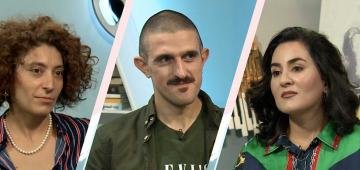 |
What does modern Yerevan look like?"Snkh" studio presented the concept for the reconstruction and modernization of the "HayArt" Museum of Contemporary Art at the exhibition "Without a Doubt" in Venice. What will the "HayArt" building and the adjacent area look like if the "Snkh" studio project is implemented? In "Artfocus", Anahit Margaryan spoke with architects Ashot and Armine Snkhchyan. |
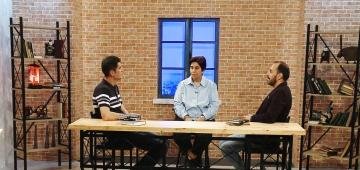 |
Exile literatureSince 2006, June 14 has been celebrated in Armenia as the Day of Remembrance of the Oppressed. According to official data, 42,000 people were repressed in Armenia, a significant part of whom were shot. The artistic, memoir, and publicistic references to that terrible reality later received the name of exile literature. Literary critics Hayk Hambardzumyan, Arkmenik Nikoghosyan, and literary critic Siranush Dvoyan talk about the artistic and psychological peculiarities of these works in the “Parallel Readings” program. |
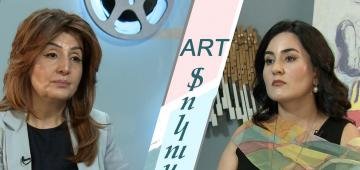 |
"HayArt"'s Content Struggles"HayArt" as a museum of contemporary art, from the day it was founded in 1985 to the present day, is perhaps one of the most troubled cultural structures in the history of Armenia. The building of the Center for Contemporary Art has periodically undergone absurd changes in content. Now they are trying to solve these problems. Anahit Margaryan spoke with Sona Harutyunyan, the acting director of "HayArt" in "Artfocus". |
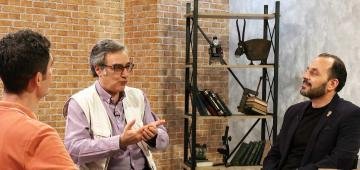 |
Hrant Matevosyan: I am the master of my time, part 2Starting from Hrant Matevosyan's first works, the elimination of the perception of the owner of his country and land, as well as time, is key from within the human being, from the Armenian person. How do Matevosyan's heroes respond to this situation, what solutions does the author offer? The "Parallel Readings" program discusses literary critics Hayk Hambardzumyan, Arkmenik Nikoghosyan, and writer and publicist Gevorg Ter-Gabrielyan. |
